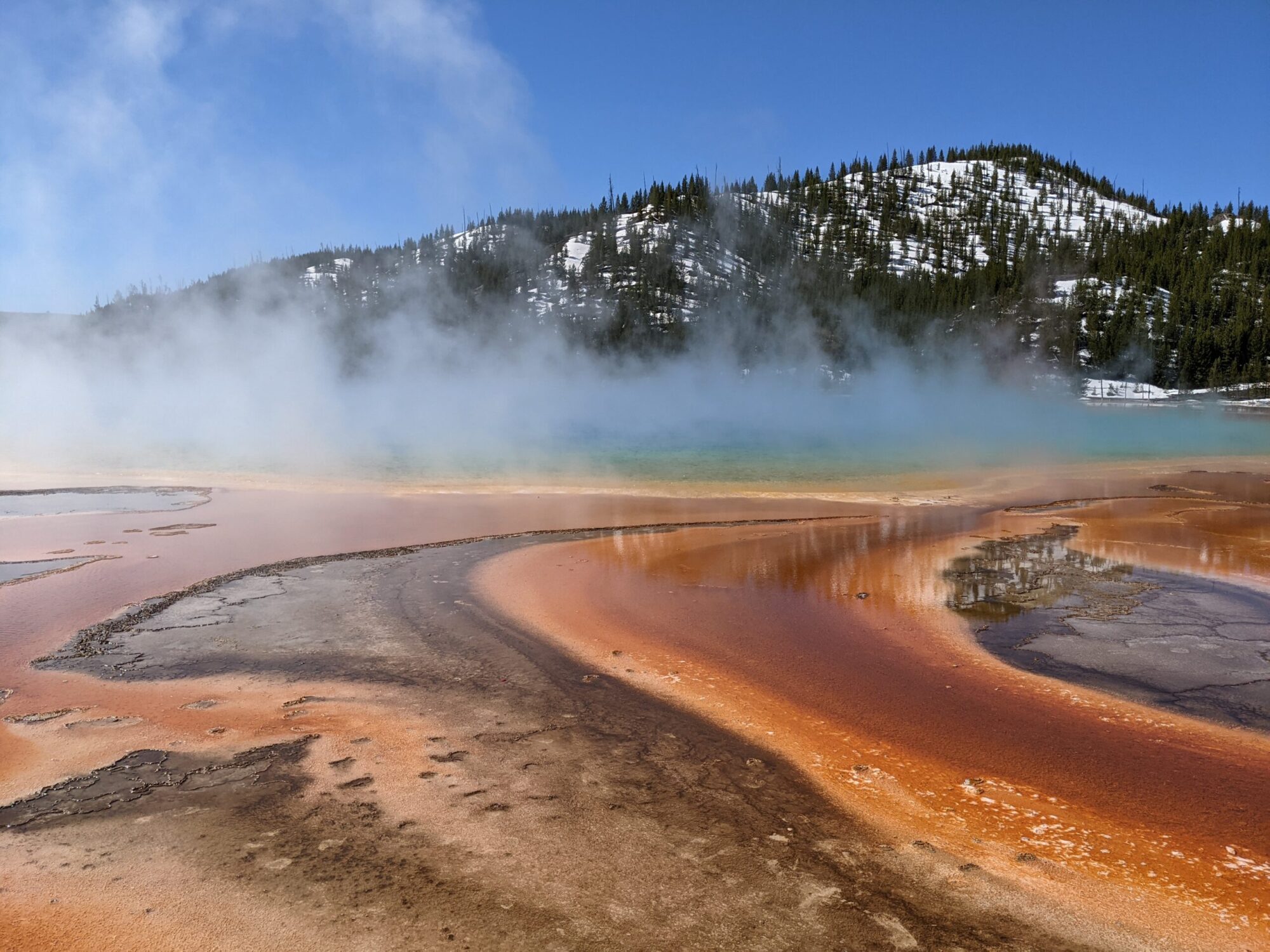Brooke and I visited Whole Foods for the first time last night… I’ve done my best to avoid this place since we first heard about it, largely because I’m generally against the idea (and fad…) of buying organic food products… Anyway, the prices at Whole Foods weren’t quite as bad as I thought they’d be in all products, but there were some items that were a bit more than expected… For example, wines and most produce weren’t much higher than the Shop ‘n Save variety (except for organic varieties), but cans of vegetables ranged from $1 to $1.50, and I saw organic olive oil for $16… However, as Brooke pointed out, they had a heck of a lot of bulk foods available, and they had stuff that Shop ‘n Save, Dierberg’s and Schnuck’s don’t carry (lentils, for example…multiple varieties of barley…etc.).
Overall, the experience wasn’t terrible, but I still can’t justify the cost increases when averaged out across all products. Are the cans of corn that Whole Foods sells for $1.50 better than the cans we get from Aldi for $0.29? Maybe… But are the cans really $1.21 better than the Aldi cans? Absolutely not! Actually, even beer was $2 more expensive than Shop ‘n Save… As Brooke pointed out, the prices at Whole Foods are comparable with buying name-brand products at Schnucks or Hy-Vee…but since we never do that, it just seemed rather expensive…’cause there’s no off-brand offered…
On another note, many things around the place were deliberately misleading. For example, there was a sign in the produce section saying how Whole Foods supports local farmers. I’m sure to an extent that they do…but find me someone in Missouri growing corn right now…or peas…or oranges… Obviously, all of that produce is coming from somewhere else, likely another continent (i.e. South America). So by the time the food makes it up here, being all organic and not including preservatives, it’ll go bad within a day of getting it to your table, thus increasing the consumer prices because the food that isn’t sold is thrown out within days of arriving…
I especially liked their “educational materials” that can be found near the checkout lanes. I picked up a few pamphlets, on irradiated foods and genetically engineered foods, specifically, the latter of which is particularly intriguing… The pamphlet states that Whole Foods as a company wants to inform their consumers of foods that are from genetically engineered sources (while using wording that makes you think that genetically engineered foods are bad for you). Of course, practically every form of produce they sell is “genetically engineered” through generations upon generations of specific breeding and growing, only selecting seeds from good stocks and not planting seeds from the bad ones. That’s still genetic engineering, folks… They go on within the “food irradiation” literature to discuss the idea of irradiating produce to kill things like E. coli and Salmonella, and how irradiating foods can also destroy some nutrients within the food. Again, the literature states that all they want is to have federal guidelines whereby growers need to disclose whether the food has been irradiated or not, while including language in the pamphlet that really makes you think that irradiation is a bad thing… Maybe when they get sick from eating infected food, they’ll come around…
So yeah, while the food wasn’t quite as expensive as I thought it’d be (although close…), I was more disturbed by the yuppie “our store is better than your store” sentiment Whole Foods left on me. I’m not against educational materials for shoppers. I’m not completely against the idea of organic foods (…though mostly against…). Frankly, we were asked if we needed any help 2 or 3 times while we were walking around, which is more than I can say of my neighborhood Shop ‘n Save, Aldi and Schnucks…however, I can’t say I like the place… If I can save $20 a trip buying food that’s just as good from another store, and instead buy a DVD or donate it to help cure AIDS, I’m all about it…

